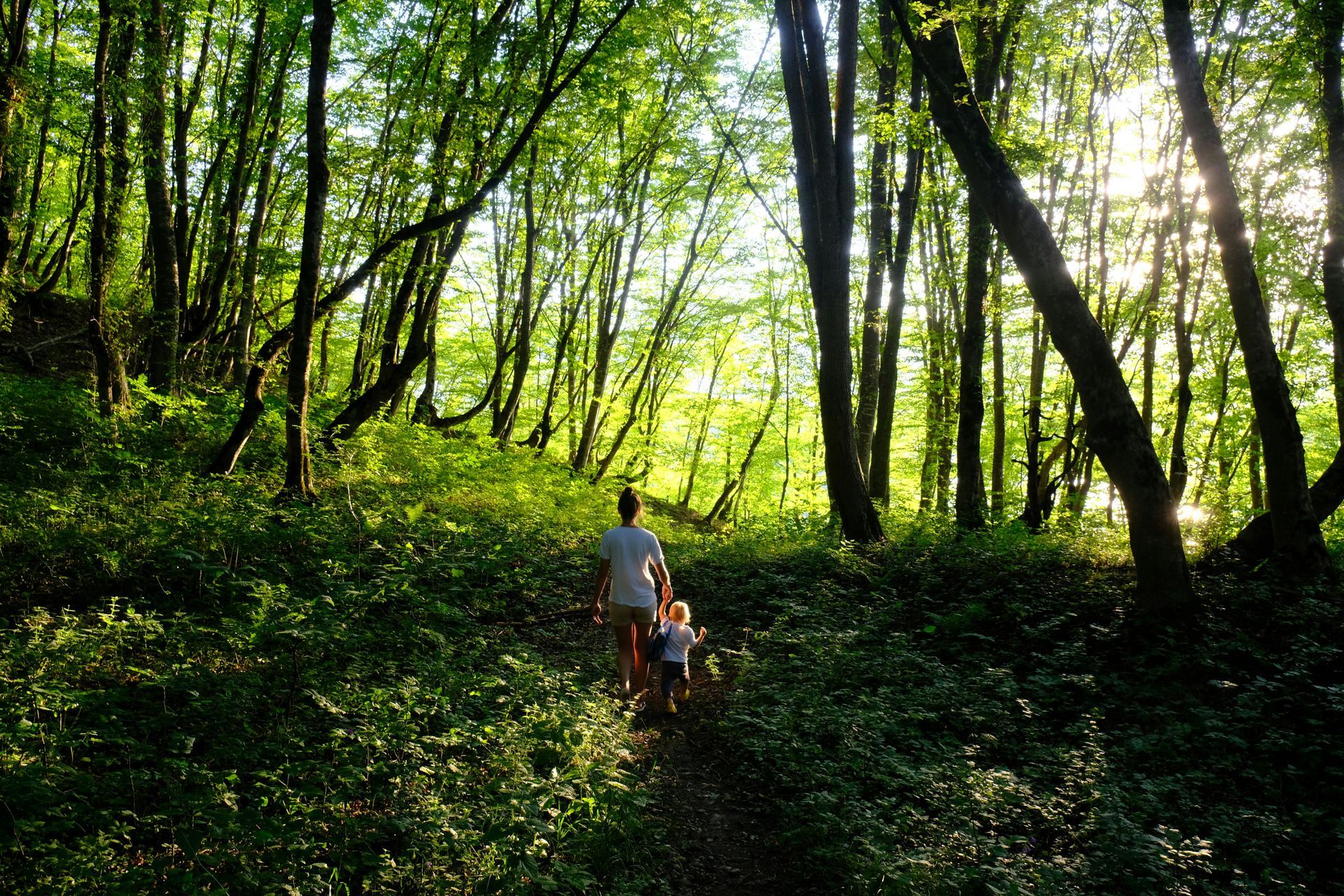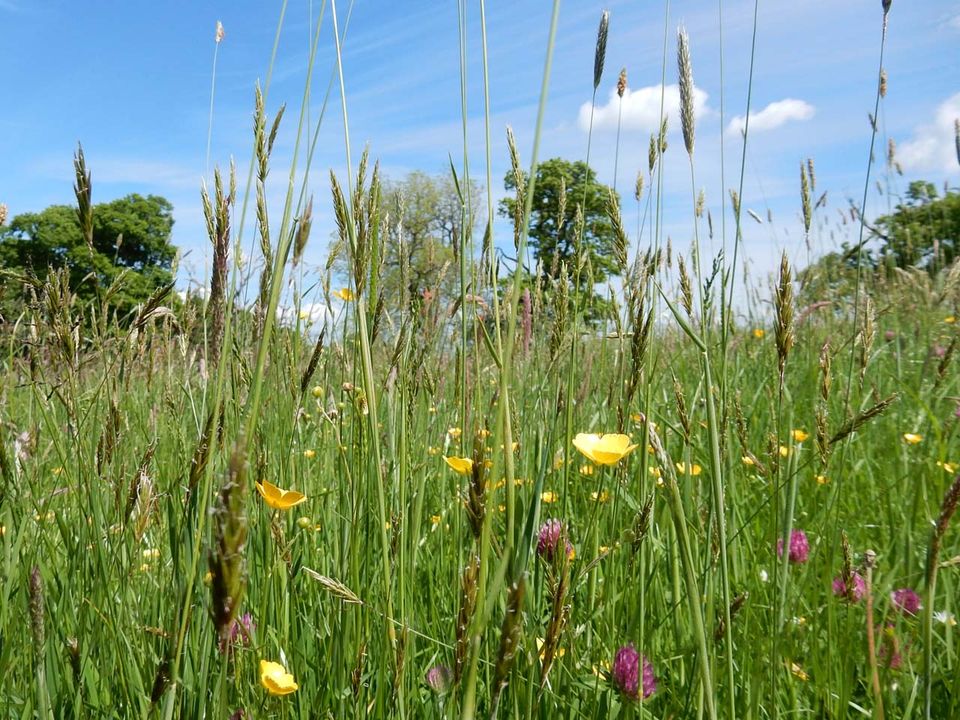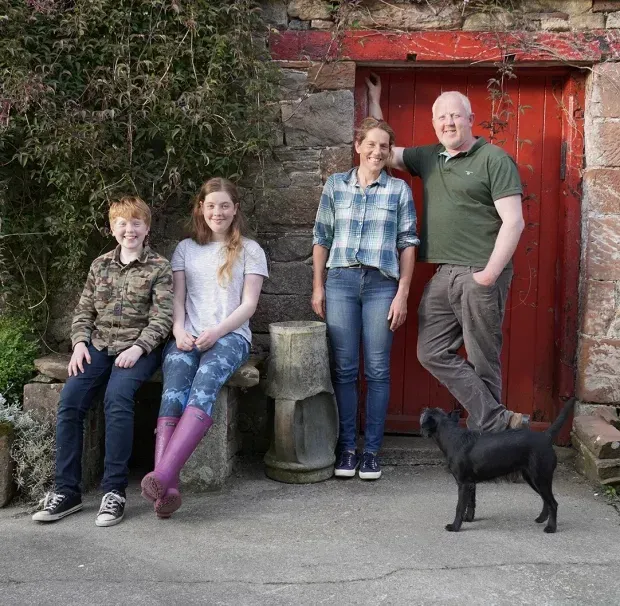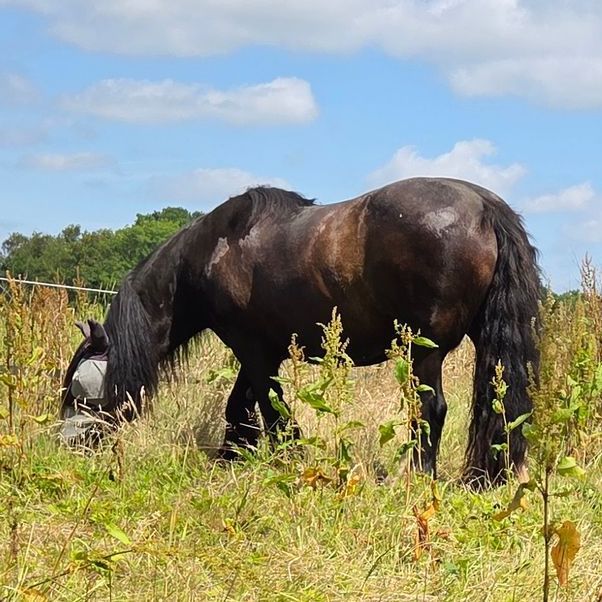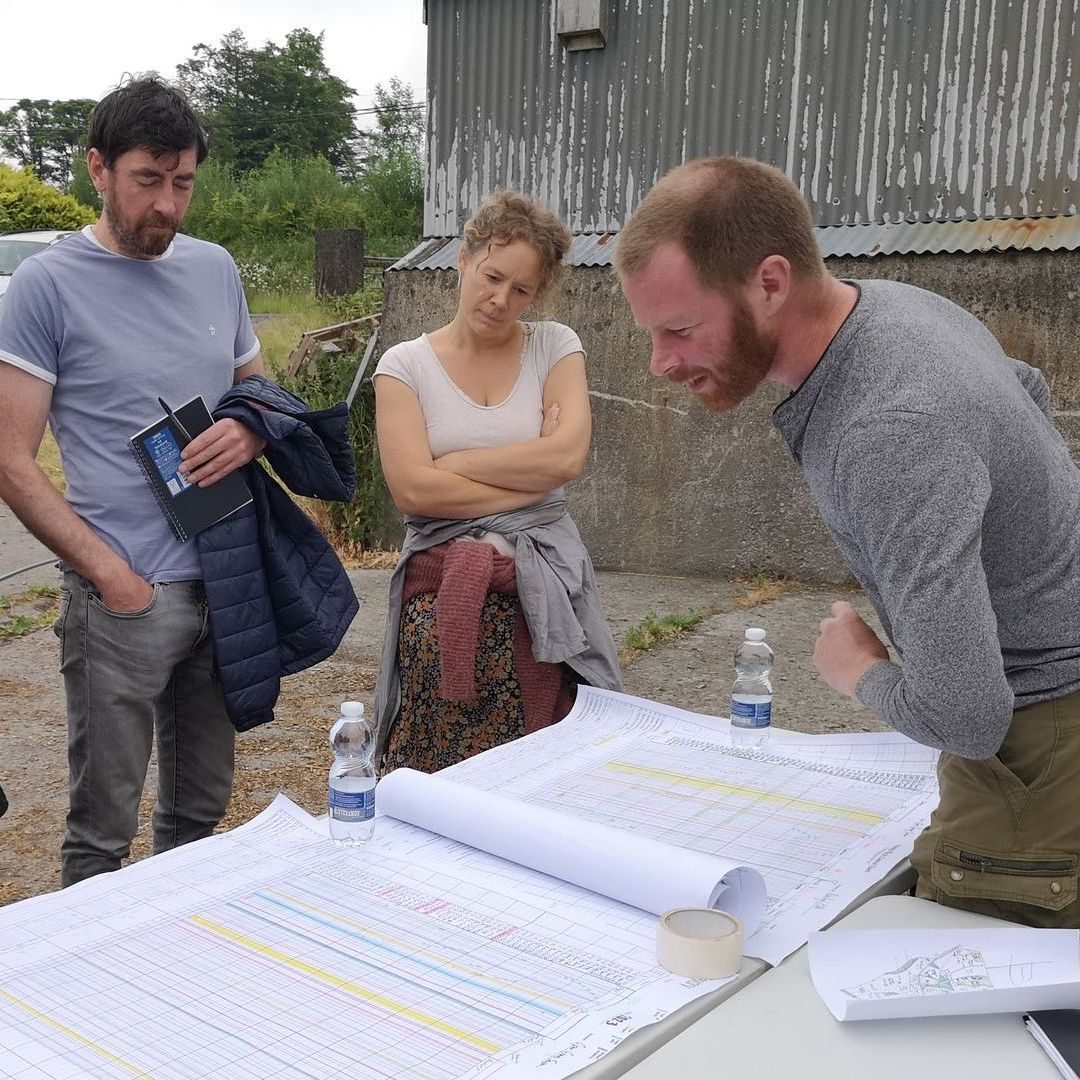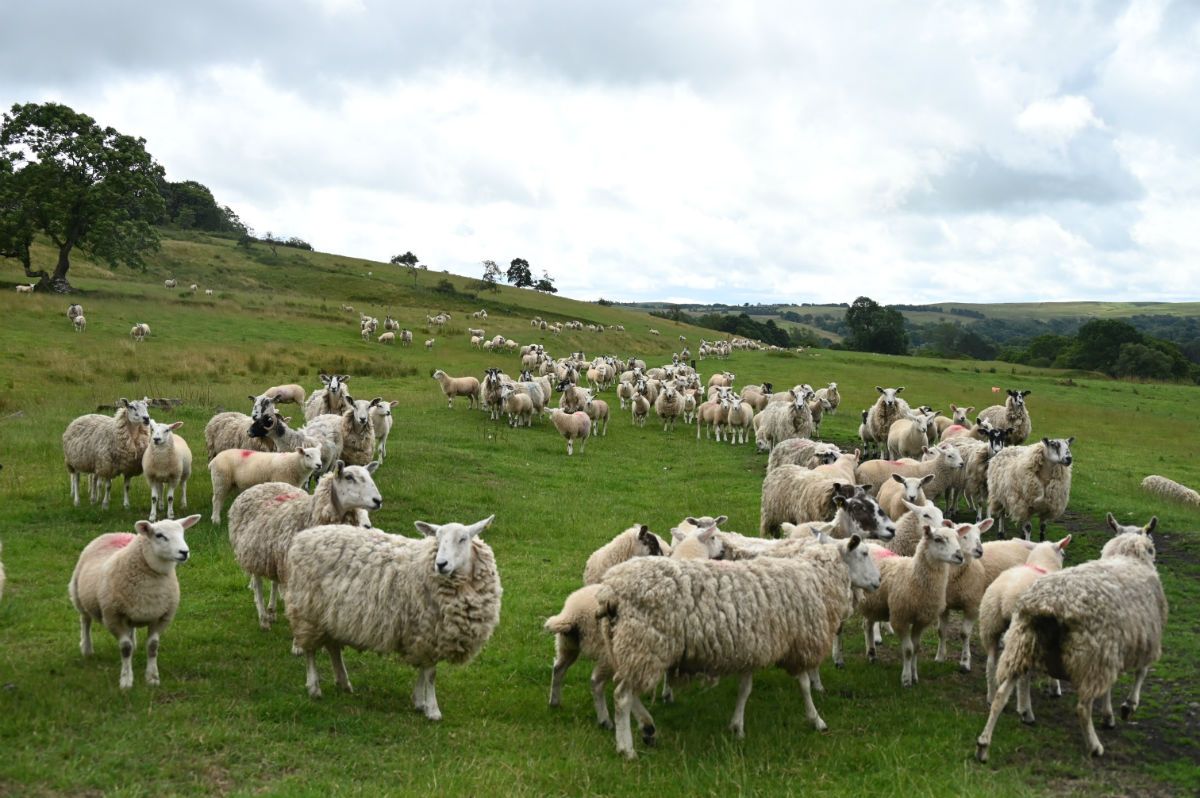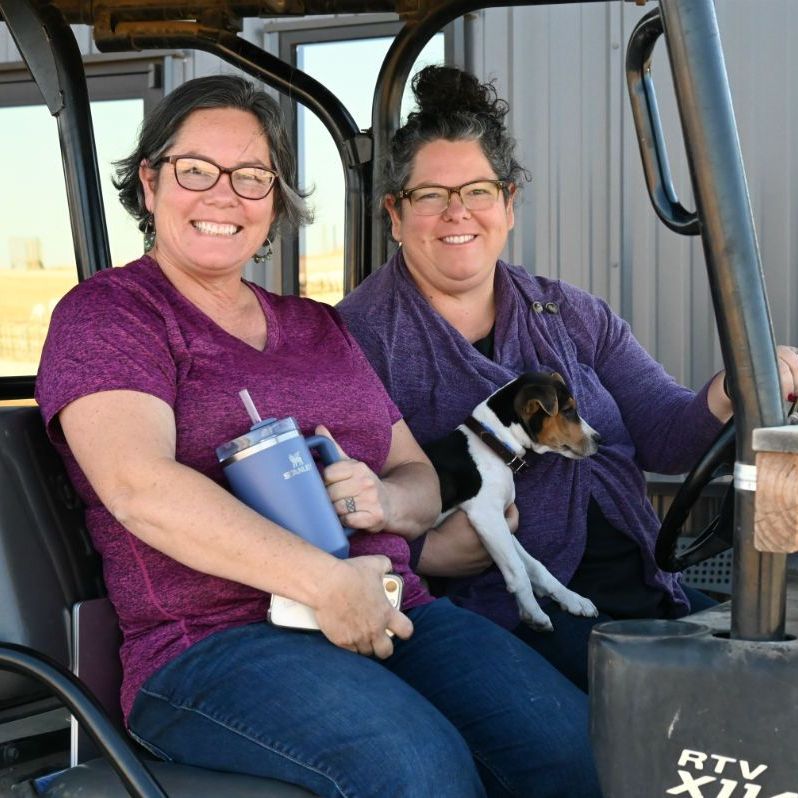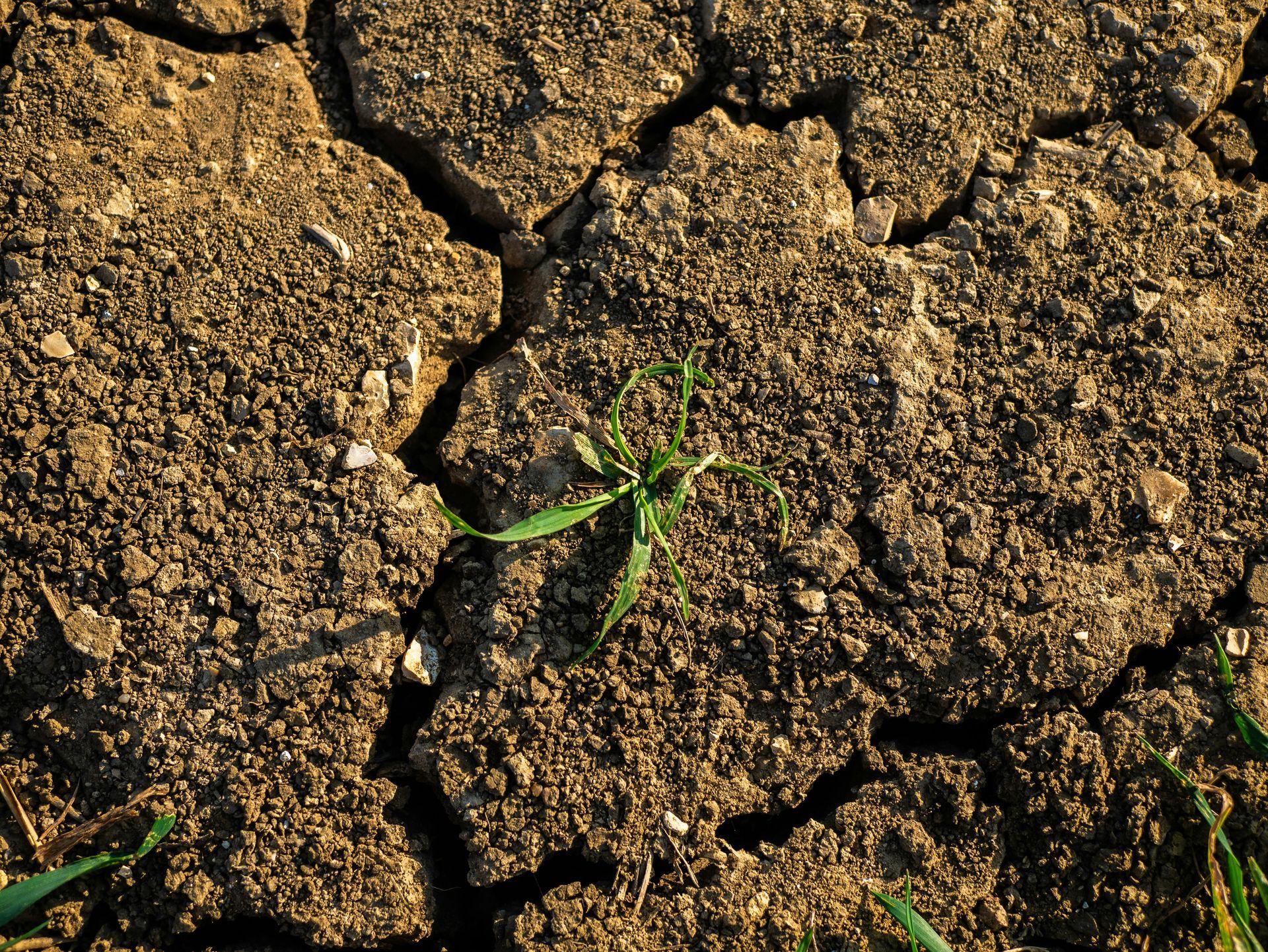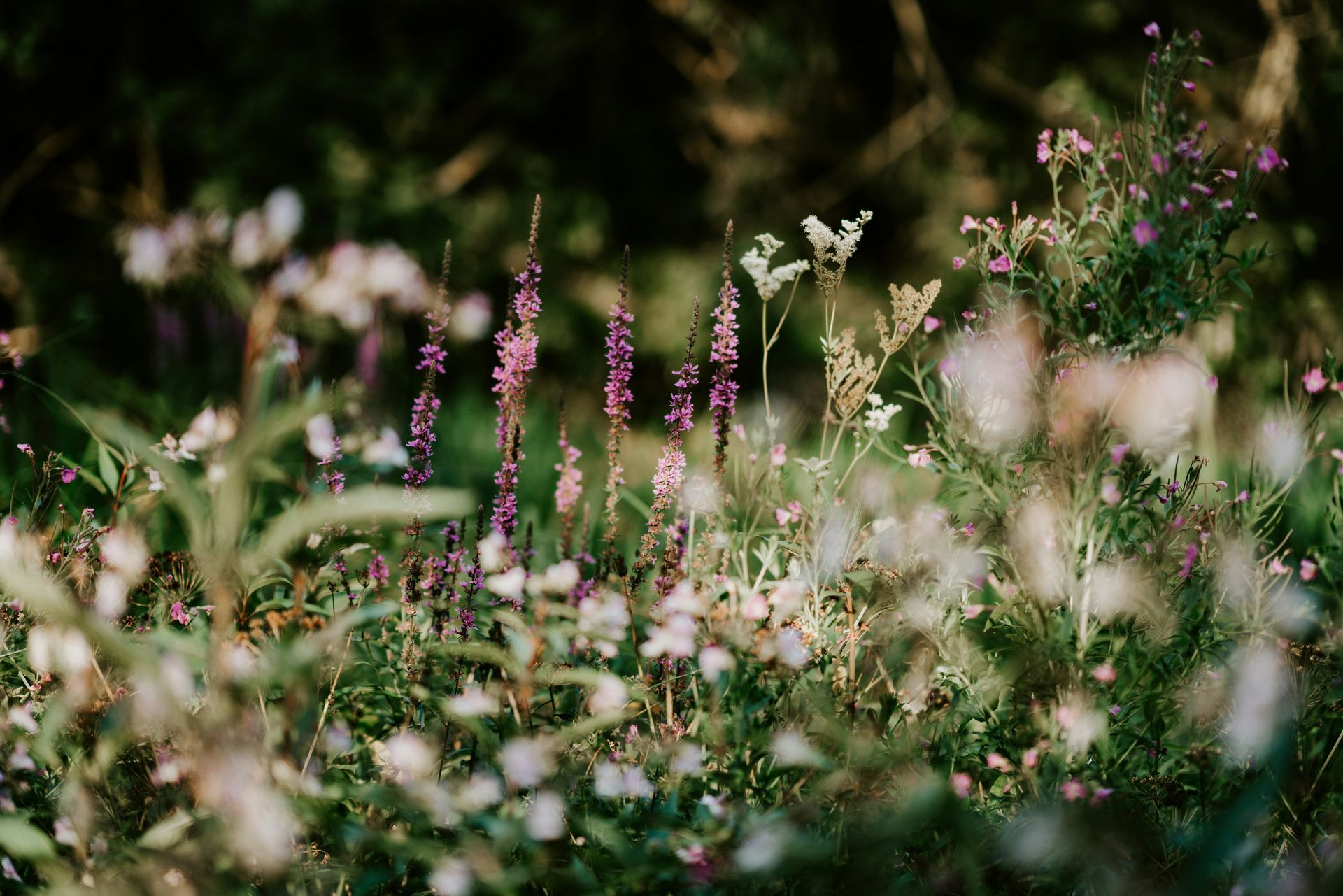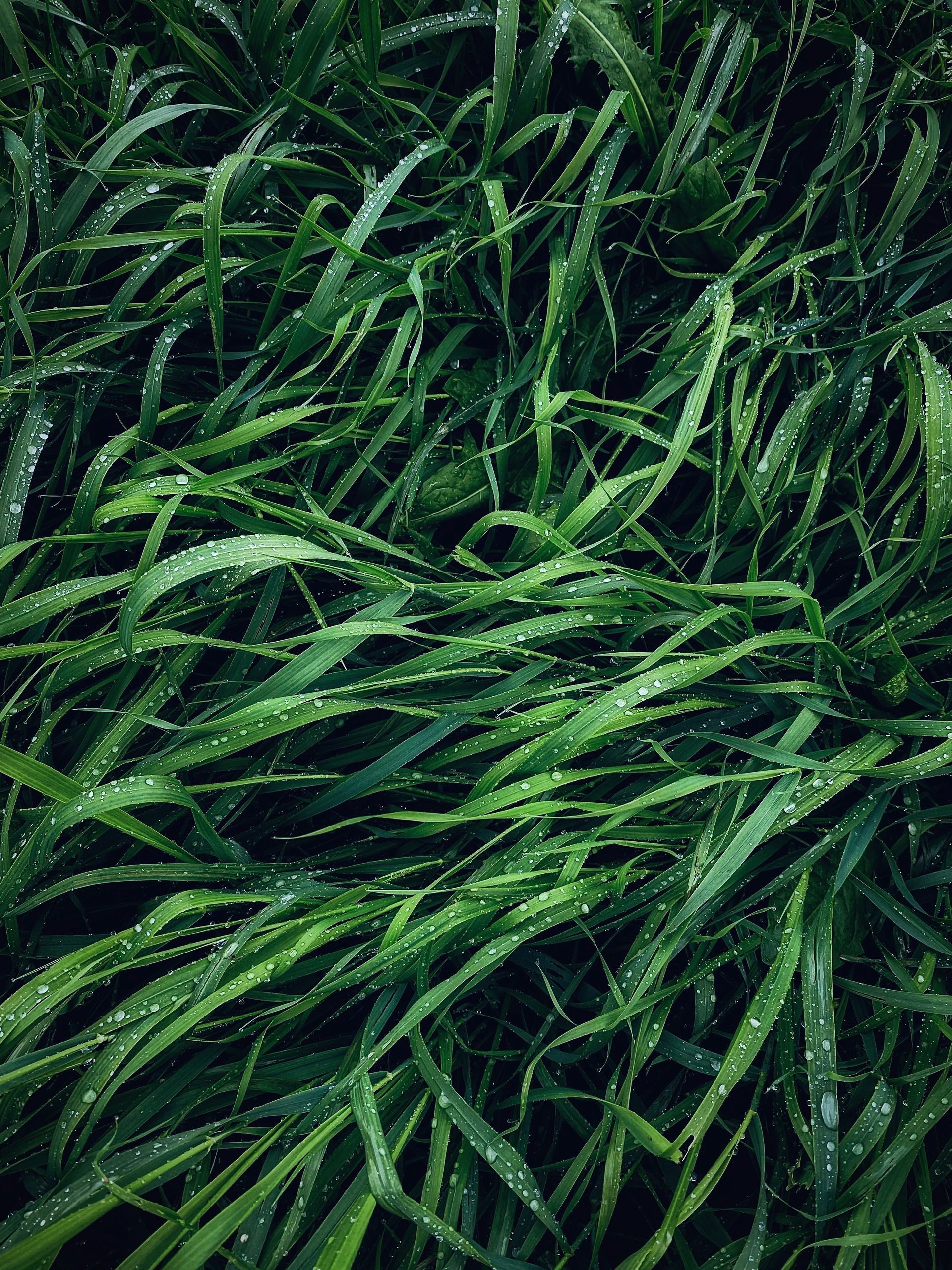A Deeper Look at Living Organisms
True story of rancher managing for biodiversity
There are many examples of creative innovation in land management—from turning pipe leaks into habitat for grasshopper-eating toads to leaving strips of uncut hay for quail cover. For a good expression of the spirit of the idea, here is a passage from Oregon rancher Dayton Hyde’s marvelous book Don Coyote. After closely observing a series of events on his land, Hyde rejected a common policy of draining marshes and poisoning predators and rodents. Instead he restored wetland and fed coyotes. In his words:
The ancient marshes were coming back: coarse vegetation sprang up almost overnight, creating a whole new habitat for wildlife—no matter that those grasses did not rate well in the county agent’s handbook. Cows got fat on them, and that was what paid the bills. All day long, the tea-colored marsh waters absorbed the rays of the mountain sun, and all night long they released heat, warming the climate. Where once even sedges and rushes had turned brown with the night frosts, now they grew green and lush, and frogs croaked all night in the warm, moist darkness. For once we had more feed than cattle to eat it.
In those same marshes, a host of birds—yellowthroats; red-winged, yellow-headed, and Brewer’s blackbirds—raise their young. We helped them by restoring the marshes; they helped us by taking care of insect problems. The great grasshopper epidemics that had plagued my uncle and me became history. In the traditional grasshopper nesting areas, clouds of birds worked on nymphs, carting them away to feed their young. Hour after hour, day after day, sandhill cranes stood shredding young grasshoppers with their long bills.
We had once relied on poisons; now as we checked the areas where grasshoppers had once turned the land to dust, we found blue-birds, wrens, flickers, sparrow and red-tailed hawks, coyotes, badgers, foxes, cranes, black-birds, meadowlarks, and even ducks cleaning up the areas. By the time their young were raised, the ‘hoppers they’d missed wouldn’t have filled a tobacco can.
There is more to maintaining wetlands than backing up water and letting it stand. Marshes tend to choke up with coarse vegetation, which, left ungrazed or unharvested, rots. Periodic drying is essential.
The balance of wildlife species too is important. When we lost our coyotes to poison, the raccoons proliferated until there was hardly a nest on the place they hadn’t destroyed. Before the coyotes remultiplied and were again numerous enough to control the raccoons, water¬fowl production had been almost nil. Now we had ducks and geese back nesting by the hundreds.
I thought of other species on the ranch. Without flickers, badgers, trout, deer, or chipmunks, the ranch still would have flourished. But if I took away the coyotes, the whole system fell apart. They were as necessary to the well-being of Yamsi Ranch as any tool I owned, including shovel, pick-up truck, mower, hay baler, fencing stretcher, pliers, welding outfit, saddle horse, saddle, rope, medicine, and tractor. In fact, if I were to design a kit for the beginning rancher, a pair of coyotes would have to be included.
There was a difference between my ranch and every other I knew about whose owners complained about coyote damage. Acre for acre, I had three to five coyotes to their one. Yet while they lay awake at night waiting for predators to kill their livestock, I slept like a baby, not hoping, knowing my calves were safe. The secret, of course, was that I kept my coyotes fed all year round.
Ever since the great mouse epidemic, I had relied less and less on poisoned grains to keep ground squirrels in check, and now I used none at all. The epidemic of these little grass eaters I had feared didn’t happen. Populations stayed low and fairly stable, and I came to look on the ground squirrels I had on my land as beneficial, since they fed my varied predators.
Source: Ebook Twelve: The Fundamentals of Holistic Ecological Monitoring , by Savory Institute

